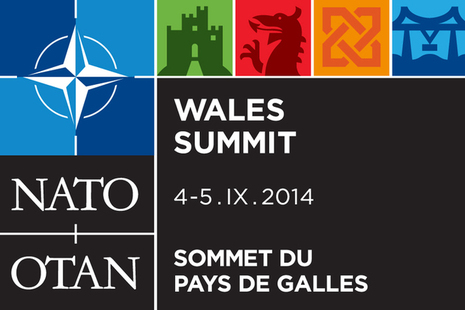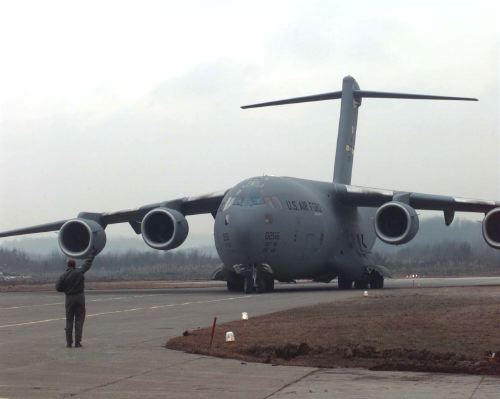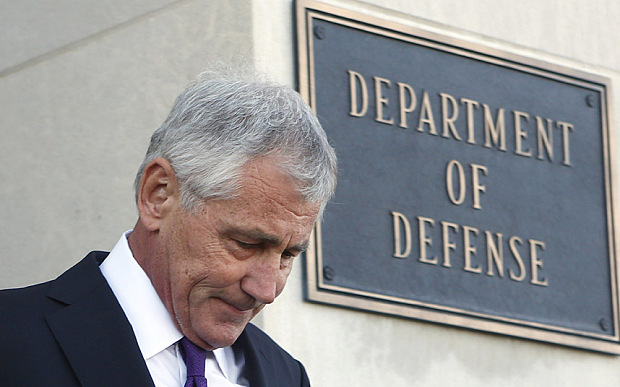More than 150 heads of state and ministers are just winding up the NATO Summit in Newport, Wales. NATO Summits primarily allow Alliance members to discuss how to best adapt to shifting security paradigms, but they increasingly include meetings with Partners – states, international organizations, and civil society groups that are not members of the Alliance but that cooperate with it towards the aim of enhancing international peace and security.
As such, the Alliance has developed a host of forums and frameworks to structure the cooperation that it undertakes with these global actors, resulting in a web of policies that intersect and overlap in various ways. Being confronted with the many acronyms that come along with these policies – EAPC, PfP, ICI, IPAP, PARP, ANP, MAP, and others – can, admittedly, be daunting. But anyone who wants to understand how NATO operates in the evolving world order should know how the Alliance interacts with other global players. This article explains NATO Partnerships policy.
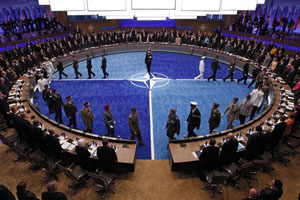
WHO ARE NATO PARTNERS?
The Alliance has established Partnerships with forty-six states, spanning five continents and covering a range of political systems and levels of development – from Malta to Mongolia, from Australia to Azerbaijan. However, there is substantial variation regarding the level of engagement that these states have with NATO. States like Georgia regularly contribute to Alliance-led missions and aspire to NATO membership; others are one-time contributors, whether due to lack of mutual interest or capacity; still others engage in political dialogue with NATO but do not contribute to operations.
In addition to states, NATO frequently interacts with international organizations, especially the United Nations (UN), European Union (EU), and Organization for Security and Cooperation in Europe (OSCE). While not a Partner, NATO provides assistance to the African Union (AU). NATO also interacts with several non-governmental organizations, including the International Committee of the Red Cross (ICRC). Although no NGOs are considered NATO Partners, the Alliance has recognized the need to work with these organizations during operations.
NATO PARTNERSHIPS POLICY
The Alliance’s evolving Partnerships policy should be understood within the broader context of NATO’s shifting role in light of global restructuring and refocusing since the Cold War. The fall of the Soviet Union initially focussed on filling a strategic void in Eastern Europe, but NATO’s role has evolved to encompass a widened and deepened geographic scope, which has led NATO to deepen its Partner relations. Moreover, Partners have increasingly been involved in operational activities with Allies, including both military operations and training exercises.
The current Strategic Concept, agreed to at the 2010 Lisbon Summit, proposes to establish and strengthen relationships with Partner states via political dialogue and practical cooperation. While the former commits the Alliance to actively engaging states and organisations that share NATO’s broader values and principles, the latter focuses on issues of operational coordination: defence sector reform, defence policy and planning, and armed forces training and interoperability.
Political Dialogue
Many NATO Partners chiefly interact with the Alliance bilaterally – in Alliance lingo, “at 28+1” (for the Alliance’s 28 members and the participating Partner state) – or multilaterally, through the flexible “28+n” meeting format. However, to advance the Alliance’s goal of fostering regional security through regularized communication, seven formal frameworks bring together groups of states in political dialogue with NATO: the Euro-Atlantic Partnership Council (EAPC), the Partnership for Peace (PfP), the Mediterranean Dialogue (MD), the Istanbul Cooperation Initiative (ICI), the NATO-Russia Council (NRC), the NATO-Ukraine Commission (NUC), and the NATO-Georgia Commission (NGC).
Together, the EAPC and PfP contribute to NATO’s “vision of a Europe whole, free and at peace.” The EAPC is the political framework for NATO cooperation with Partners in the Euro-Atlantic area, and for Partners that are a part of the Partnership for Peace (PfP) programme. In addition to Allies, it includes 22 countries from Europe and Central Asia. PfP comprises bilateral partnerships between each EAPC member and NATO, “tailored to individual needs and jointly implemented at the level and pace chosen by each participating government.” PfP activities relate to nearly every field of NATO activity. In addition to promoting interoperability, the EAPC and PfP were intended as political instruments for encouraging the development of liberal democracies; with Macedonia, Bosnia, Montenegro, Serbia, and Georgia still working towards membership, this goal remains important.
MD was established in 1994 on the twin pillars of political dialogue and practical cooperation; it includes Algeria, Egypt, Israel, Jordan, Mauritania, Morocco, and Tunisia. MD aims to contribute to regional security and stability, achieve better mutual understanding, and dispel misconceptions about NATO among Dialogue countries. Although the Strategic Concept called for the deepening and widening of the MD, this framework has experienced difficulties recently. ICI, launched in 2004, includes four Gulf Cooperation Council members: Bahrain, Qatar, Kuwait, and the United Arab Emirates. It is open to all interested countries in the broader Middle East region that share the group’s aims, which include non-proliferation, counter-terrorism, border security, and civil emergency planning.
NRC was established in 2002; it is a forum for cooperation, consultation, consensus-building, and joint action with several subcommittees that address a range of topics. Its priorities were redefined in 2006. Two similar frameworks exist: NUC, established in 1997, and NGC, established in 2008. While Ukraine announced that it will no longer seek NATO membership this year, Georgia is hoping to accede, as emphasized in the Secretary-General’s visit to Tbilisi in summer 2013.
States that are not a part of the above formal frameworks are known as Global Partners. They can and have been significant contributors to NATO-led missions. Current global partners include: Afghanistan, Australia, Iraq, Japan, Pakistan, South Korea, New Zealand, and Mongolia.
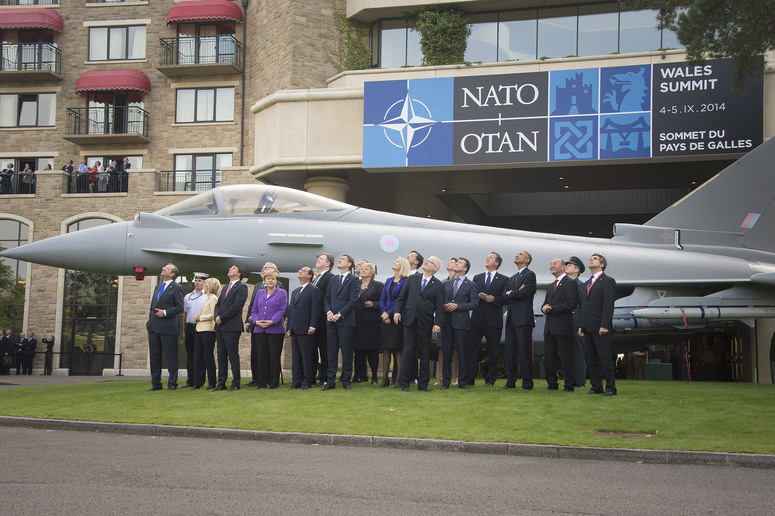
Practical Cooperation
Partner nations interact with NATO through many different means, reflecting five thematic aims: security cooperation, defence and security sector reform, civil emergency planning, science and environment, public information.
Partner states that wish to regularize cooperation with the Alliance do so through a number of general structures: the Partnership Cooperation Menu, Individual Partnership Cooperation Programmes, Individual Partnership Action Plans, the Planning and Review Process, the Membership Action Plan, and Operational Capabilities Concept Evaluation and Feedback Program.
As of 2012, all Partner states have access to the Partnership Cooperation Menu, which comprises approximately 1600 activities. Drawing from this, countries can establish two-year Individual Partnership Cooperation Programmes (IPCPs) with NATO or Individual Partnership Actions Plans (IPAPs), which are also developed on a two-year cycle and which set out objectives and priorities for cooperation and identify mechanisms for attainment.
If countries want to further increase their involvement with NATO, they can do so through the Planning and Review Process (PARP), open to all EAPC members on a voluntary basis and all Partners on a case-by-case basis; it is a prerequisite to joining the Membership Action Plan (MAP). PARP helps develop interoperability and capability for forces that might participate in NATO training, exercises, and operations. Further, it promotes defence and security-sector reform. PARP is the principal tool to promote interoperability, resembling “the Alliance’s own defence-planning process, with Partnership Goals similar to NATO Force Goals and the PARP Assessment mirroring NATO’s Annual Defence Review.” MAP is the programme through which partners can prepare to meet the conditions of NATO membership, on political, economic, defence, resource, security, and legal issues. Countries participating in MAPs submit annual national programmes (ANPs).
Finally, the Operational Capabilities Concept Evaluation and Feedback Program (OCC E&F)aims to improve interoperability and the capacity of operational planners to devise force packages for NATO-led operations. It has evolved to measure military capabilities, in keeping with NATO’s own evolving operational roles and capabilities. In 2009, the NAC opened the OCC E&F to MD and ICI nations.
In addition to these general structures, NATO has established cooperation programmes towards specific aims. One example is the Partnership Action Plan against Terrorism (PAP-T), a platform for cooperation on counter-terrorism. It is a key element of PfP, but has been offered to other Partners on a case-by-case basis. PAP-T includes information sharing, consultations, operations and exercises, and assistance – especially on matters of border security. Other programmes focus on soft diplomacy: the Building Integrity Programme is aimed at strengthening good governance in the defence and security sectors; Science for Peace and Security provides funding for collaborative research projects, workshops, and training, as a means of building cooperation; and NATO Trust Funds assist nations in destroying anti-personnel land mines and achieving defence reform, run on a project basis.
Partners also interact with NATO by contributing to NATO-led missions, exercises, and activities. Some prominent, ongoing examples include: the mission in Afghanistan (ISAF), the mission in Kosovo (KFOR), Operation Ocean Shield, and the NATO Response Force (NRF). Partner states that contribute forces or capabilities to a NATO-led operation, or support it in other ways that the North Atlantic Council formally accepts as a contribution, are known as “Operational Partners.” Thirty-three countries have been Operational Partners, with various contributions.
NATO Partnerships policy structures how the Alliance engages with an array of important global actors, from states to international organizations and civil society groups. The Newport Summit focussed on how to broaden and deepen this network of Partners. The Alliance also reviewed its relations with Russia and intensified cooperation with Ukraine in light of ongoing events. All of these discussions entailed reviewing Partnerships policy to recalibrate the above frameworks for political dialogue and practical cooperation.

